After the initial chest constriction and moment of panic, I started to think rationally about the latest artificial intelligence (AI) news: Google engineers made a machine that can compose music. It’s the stated goal of Google’s Project Magenta to make “compelling” music and art. The example I listened to, with variations on a theme of the first notes of “Twinkle Twinkle,” sounded like music to me, with simple patterns that drew me in and more complex patterns that held my attention, a nice balance of elaboration and simplicity, every dimension of composition calculated by algorithms. But could it ever generate an inspired performance?
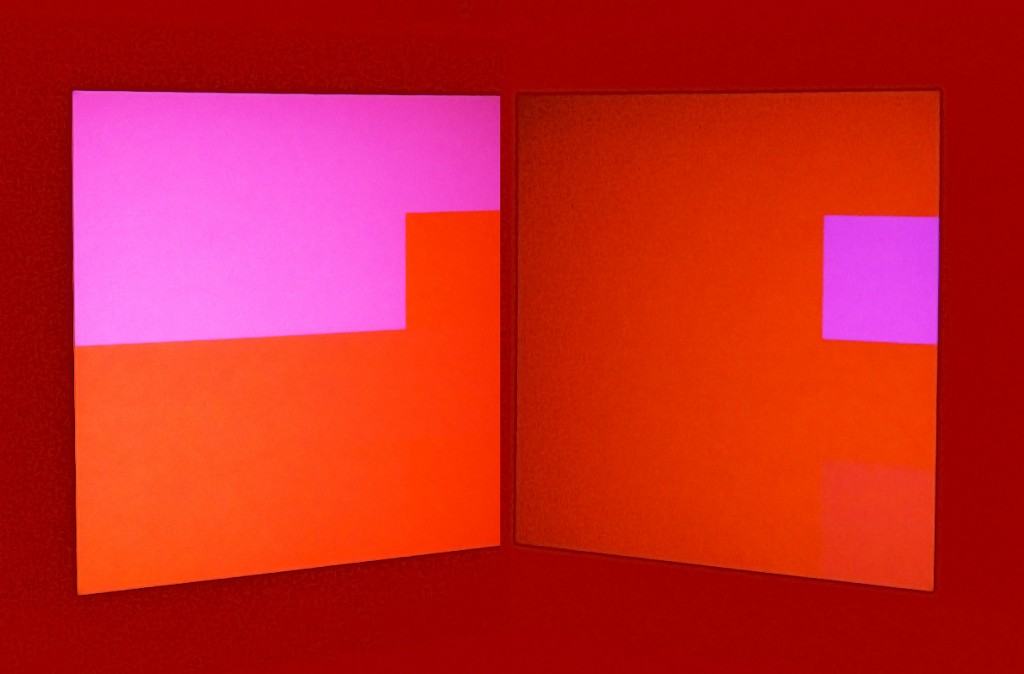
From Ernest Edmonds’ “Light Logic” exhibition 2012. Edmonds is a pioneer of interactive, computer-generated artwork.
Cognitive Scientist, Margaret Bowden, on MIT’s Technology Review, calls this algorithmic art made by AI “combinational creativity,” essentially imitation remixed. She points out that AI’s processing is “hugely limited by relevance blindness.”
The processing that leads to contextual relevance will be a monumental leap for AI, and I won’t speculate about how soon or how likely it will be that engineers can get machines across such a chasm. Although Project Magenta piques my interest, as a teacher helping to develop students’ talents, I have much more optimism about the potential of children and youth to make that same leap from imitation to inspiration.
Programming Student Creativity
Do you teach students to be creative? Wouldn’t you be proud if one of your students composed that tune from Project Magenta? It is a significant accomplishment, but it’s not enough. Students don’t have the same limitation that AI has, so in school let’s push past that point.
Here’s news that computer code can generate a basic kind of creative product. But the computer can’t yet demonstrate judgement or analysis of its audience or its context in order to make significant artistic contributions. Often in school, when we teach creativity, we stop at the same rough spot that has stymied AI. In school we often codify the discoveries of eminent creatives, and feed the code to students, who follow the code to imitate and remix.
Many of us design our own curriculum. We geek out about generating the frameworks we use to guide our students’ creative work. We recognize patterns in our domain, translate them to custom-coded curriculum, and trumpet the success of these algorithms as evidenced in our students’ products: science investigations, compositions, and works of art. These exercises in imitation are part of developing mastery, but why stop there if there are ways to push beyond?
Magenta and many other similar attempts in the last decade show that AI can generate compelling patterns using the tools of creativity, basically SCAMPERing its way to original inventions. To achieve the complex creativity we’ve placed at the top of Bloom’s revised taxonomy, which depends on both problem finding and problem solving, we need to teach students a balance of creative and evaluative thinking that leads to relevance, impact, even inspiration.
Toward Relevant Creativity
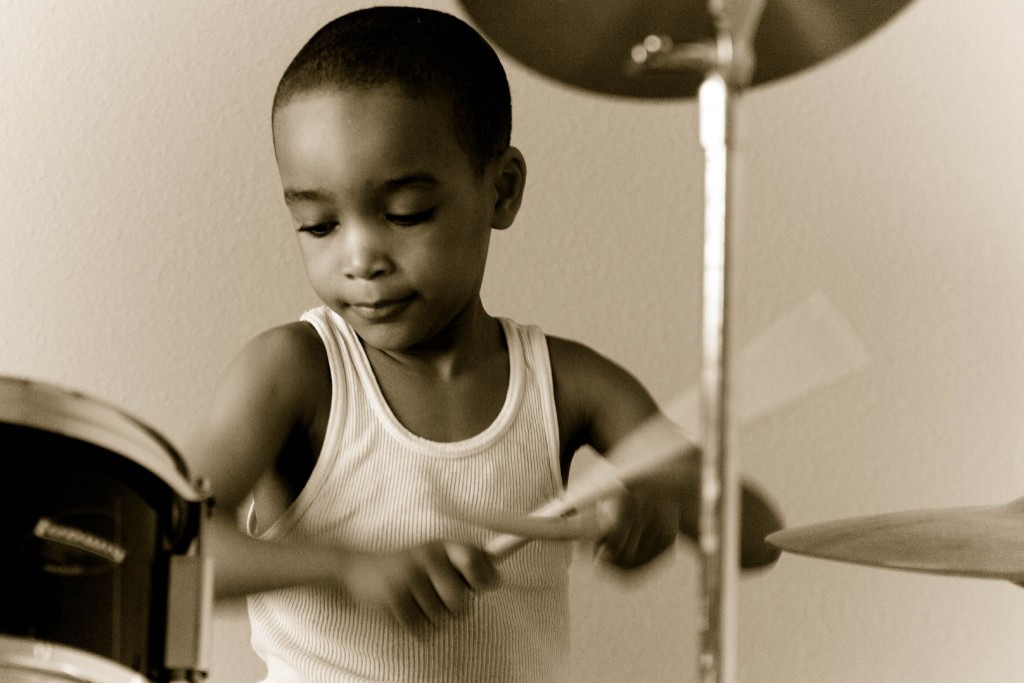 The Magenta Team recognizes that AI has reached a pause, expecting humans, for now, to take the program to the next level. They are eager to see what artists and musicians will do with AI. At this point, artists are expected to guide the art machine, just as Rembrandt ran his workshop. But there is no reason to stop at the same point with our students. Let’s move beyond teaching the tools of creativity and leading students through the discoveries of creative greats. Here are three steps we can take to inspire students to see and solve problems, and to evaluate for themselves when and how well their products make an impact.
The Magenta Team recognizes that AI has reached a pause, expecting humans, for now, to take the program to the next level. They are eager to see what artists and musicians will do with AI. At this point, artists are expected to guide the art machine, just as Rembrandt ran his workshop. But there is no reason to stop at the same point with our students. Let’s move beyond teaching the tools of creativity and leading students through the discoveries of creative greats. Here are three steps we can take to inspire students to see and solve problems, and to evaluate for themselves when and how well their products make an impact.
Three Steps to Surpass AI Creativity in Your Classroom
1. Make the leap with inquiry-based learning.
Let students practice making the big decisions early, having both voice and choice about creative products. Their self-direction may seem naive, but relevance grows with opportunities to practice evaluative thinking linked to creative production. Buck Institute of Education sets a Gold Standard for Project-based Learning that includes Student Voice and Choice as an essential element. Edutopia’s inquiry-based learning thread provides some specific examples of the practice. I recommend My Kids Suck at Inquiry (April 2016) by International PYP teacher Kristen Blum, also reposted on the Inquire Within blog.
2. Reflect on what worked and what didn’t work.
Use reflective discussion and writing to help students develop evaluative thinking skills at various stages in a creative project. The art department faculty at New Mexico School for the Arts cite critique as their primary tool for helping students grow from imitators to inspired artists. New Mexico’s Destination Imagination Annual Tournament and Road Map curriculum for participating teams makes constant use of team reflection as students select and solve creative problems that span disciplines.
3. Assess for impact, not just originality, craft, or style.
Grant Wiggins, co-author of ASCD’s book Understanding by Design, values assessing student learning with criteria for impact. This will develop a sense of relevance that bridges a gap between artificial intelligence and real creative productivity. Awareness of impact, he writes on his blog, is “key to student autonomy, reflected in self-assessment and self-adjustment.”
- 2021 New Mexico Association for the Gifted Fall Institute Goes Virtual. - August 9, 2021
- NMAG 2021 Fall Institute: Recharge, Reenergize, Reimagine: Igniting the Spark of Our Gifted Learners - June 3, 2021
- Support House Bill 130 - February 21, 2021
- Support for House Bill 130: Equity and Excellence in Gifted Education Act - February 18, 2021
- Announcing the NMAG Four Corners Affiliate - August 16, 2019
- Webinar: Teaching the Gifted and Talented in Art - December 14, 2018
- Training and Maintaining Alternate Protocol for Gifted ID - November 14, 2018
- Download and Share Your Fall 2018 Newsletter - October 15, 2018
- Get Your Get Smart Full Program - October 10, 2018
- Your own Q: Special Agent Dr. Jackie Gerstein at our Get Smart Fall Institute - October 7, 2018
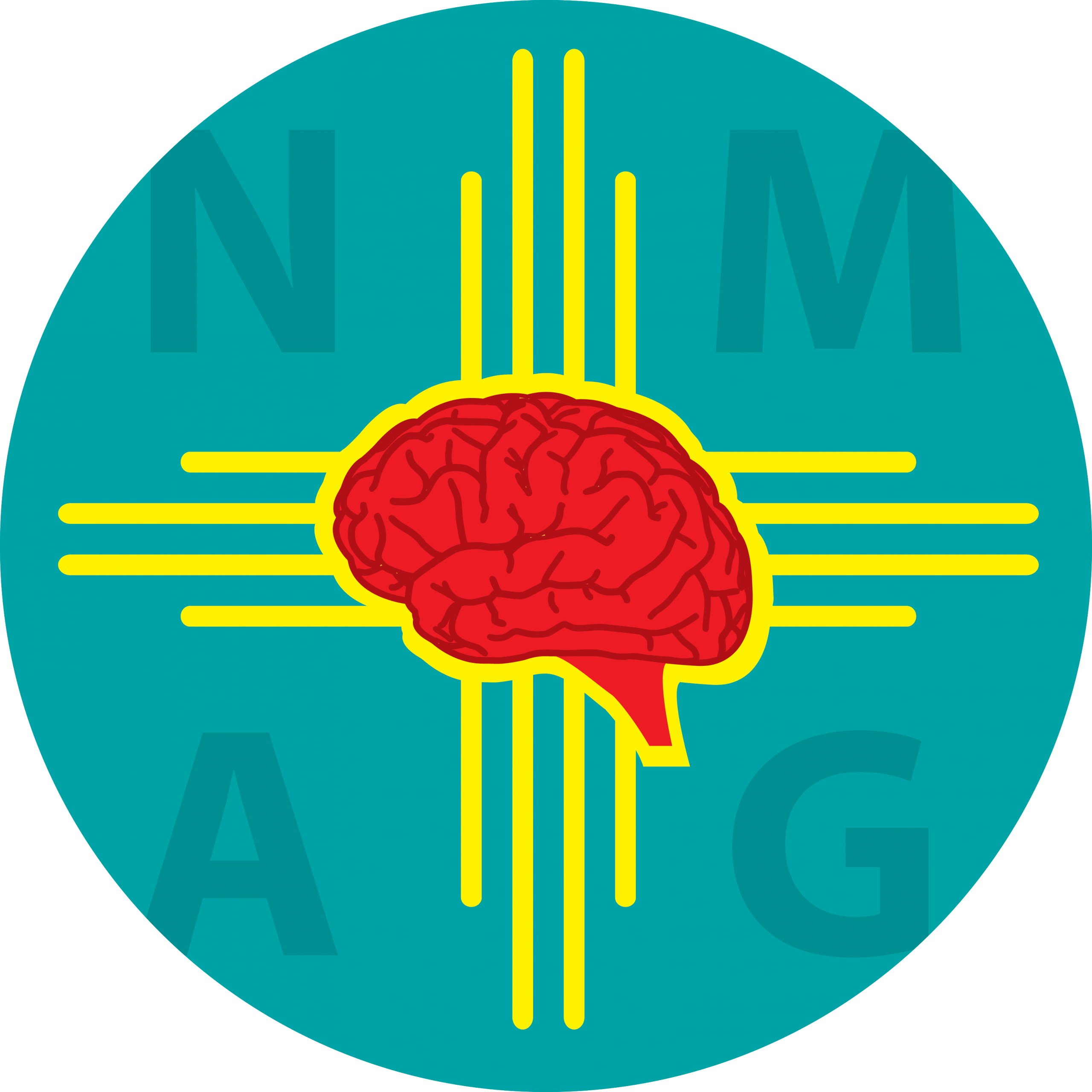
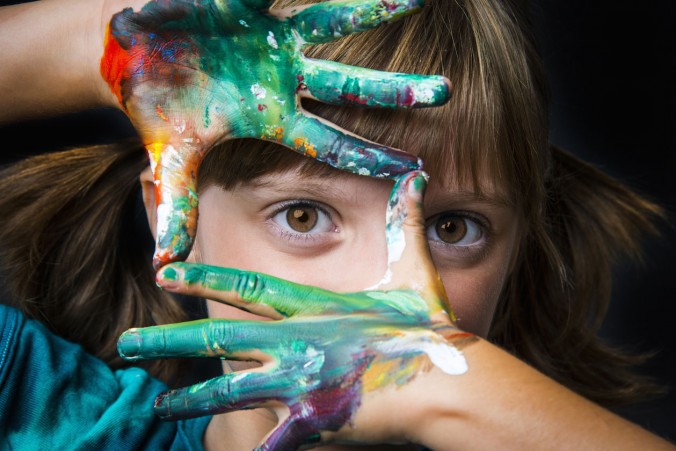
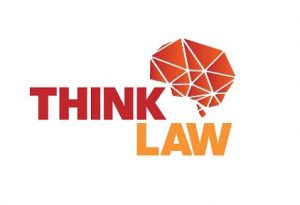


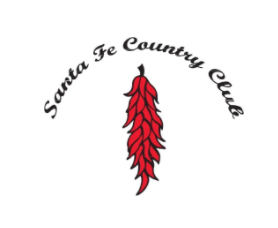
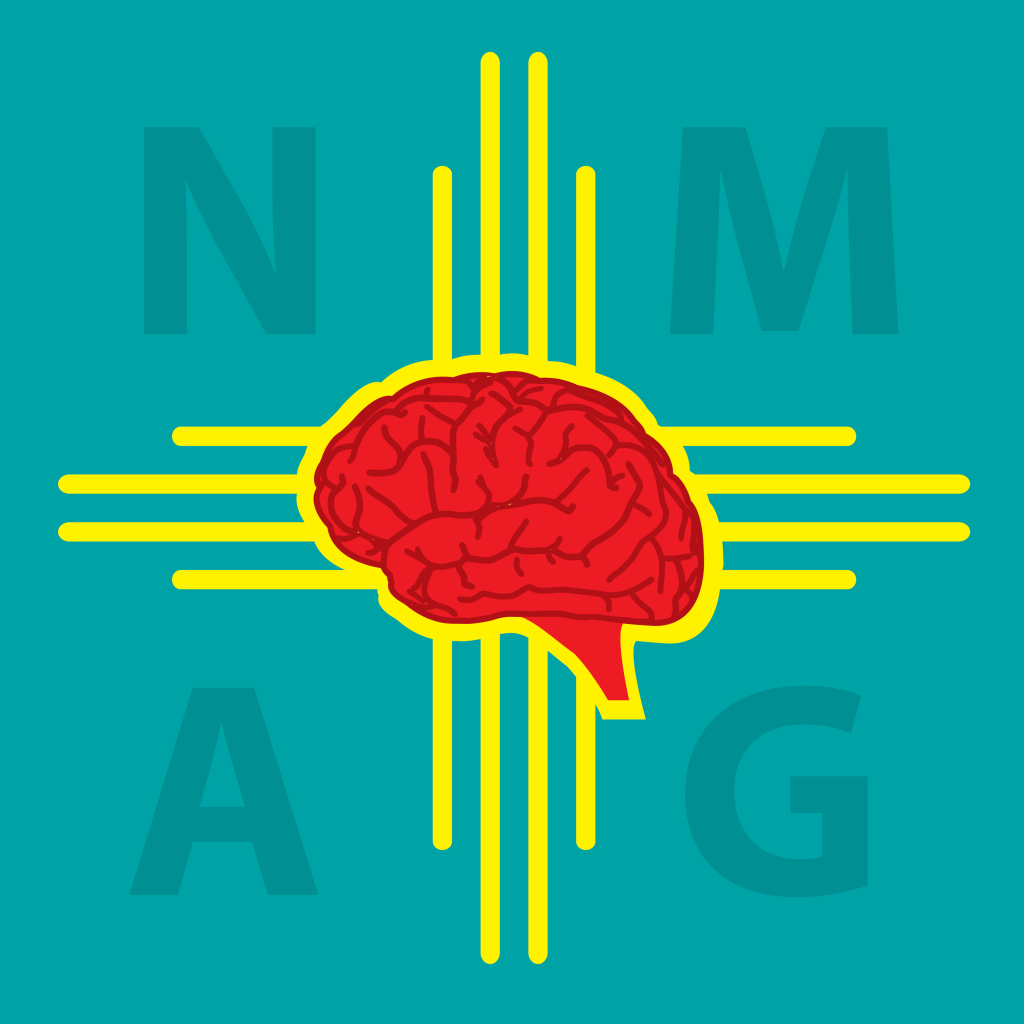
Leave a Reply
You must be logged in to post a comment.